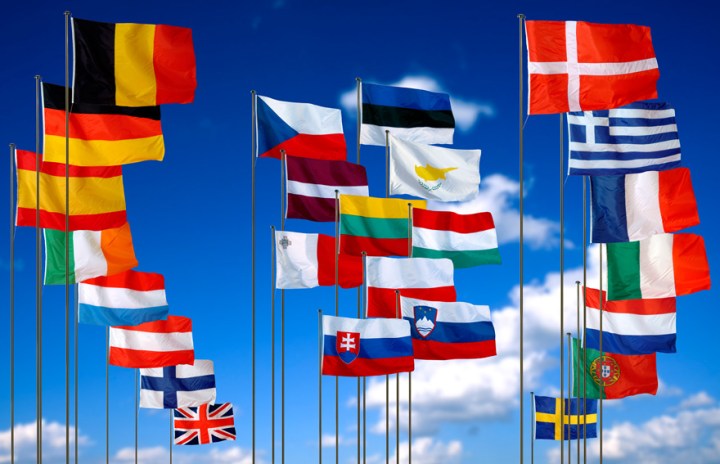
As things stand now, Samsung and LG have seen sales in the EU drop over the years. From 2013 to 2015, Samsung’s European sales fell from 21.2 to 12.8 percent of its total sales, while LG’s European sales dropped from 11.2 to 10.3 percent of its overall sales. In other words, both companies have already seen decreasing sales in the EU, something that surely must not make them too happy.
These drops in sales have reportedly been compounded by “Brexit,” the campaign that pushed for Britain’s exit from the EU. Even though it will take at least another two years for the decision to be implemented, Samsung, LG, and Acer are allegedly concerned that their European-made products will be subject to tariffs once they make their way to the U.K. market. Furthermore, due to the vote to remove the U.K. from the EU, the British pound has weakened, which might lead to increased prices of electronics.
Due to these concerns, both Samsung and LG are reportedly thinking about relocating their London offices somewhere else. Their production facilities will not be affected by any possible moves, however, since they are not located in the U.K. Samsung has production facilities in Poland that make home appliances, with additional production facilities in Slovakia and Hungary that make televisions. LG’s main production facility is located in Poland.
As for Acer, company CEO Jason Chen told DigiTimes that Britain’s decision to leave the EU will result in weaker demand in the European market. According to the CEO, the weaker demand will be due to “weakened consumer confidence and exchange rate fluctuations.” Chen also said his company would closely monitor the impact Britain’s decision will have on business.
It will take some time to identify all the ramification of such an unprecedented event as Britain’s withdrawal from the EU, but expect to hear more from tech companies regarding Brexit as Britain prepares to hold negotiations and prepare new procedures with the EU.


